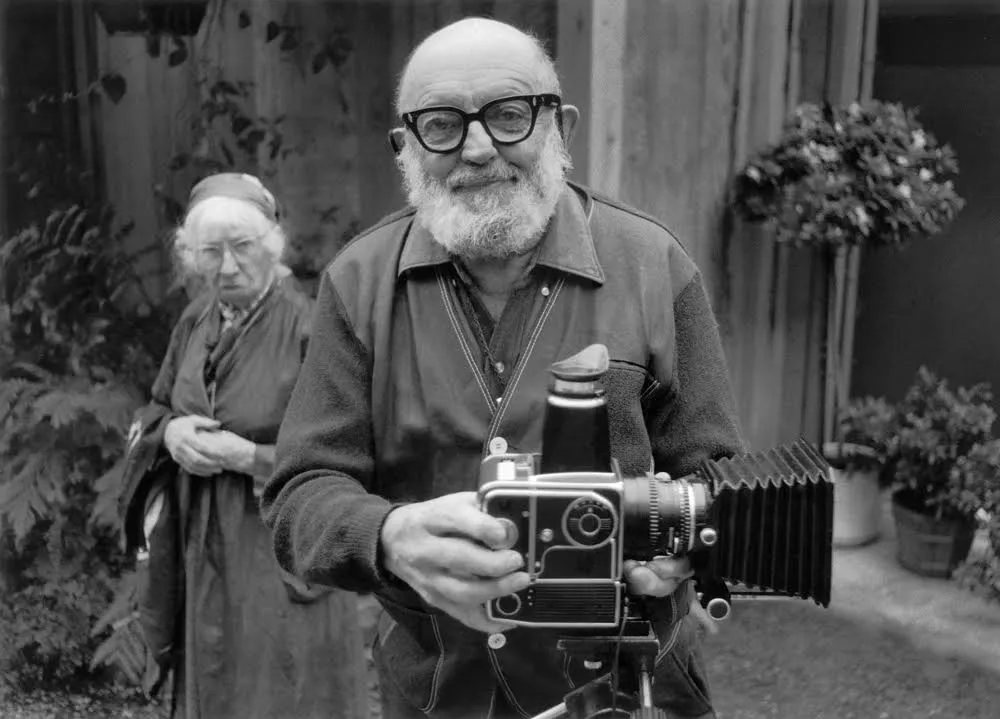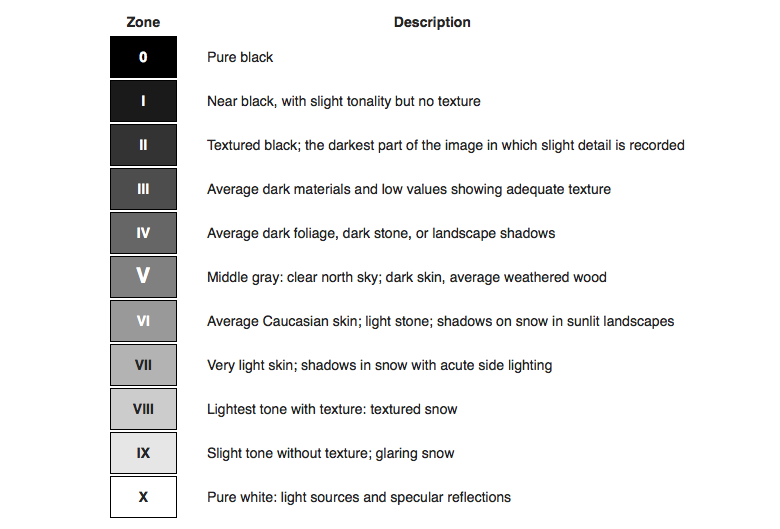The Background Of Ansel Adams

Ansel Adams was an American landscape photographer, and environmentalist, known for his black-and-white images of the American West. When Adams was only four, an aftershock of the great earthquake and fire of 1906 threw him to the ground and badly broke his nose, distinctly marking him for life. He was not successful in the various schools to which his parents sent him; consequently, his father and aunt tutored him at home.The most important result of Adams’s somewhat solitary and unmistakably different childhood was the joy that he found in nature, as evidenced by his taking long walks in the still-wild reaches of the Golden Gate.
Monolith, The Face of Half Dome
The Story Behind The Image – On the chilly spring morning of April 10th, 1927, Ansel Adams set out along Yosemite’s LeConte Gully to capture an image of the striking sheer face of Half Dome, one of Yosemite National Park’s most iconic natural features.The photograph he made, shows the mountain rising from an ink-black sky, its face illuminated by a dazzling midday sun just out of frame. Though Ansel initially made an exposure using a yellow filter, he immediately swapped that for a dark red filter, which darkened the sky and produced the deep shadows and bright light we recognize in the final image. Today, the image stands as not only one of Adams’ finest works, but as a lasting and iconic depiction of one of the most unique spots in the American wilderness.

What Is The Zone System
One does not hear much about the origin of the Zone System anymore. Many of us shoot with digital cameras and no longer use a spot meter or full manual exposure mode for that matter. My advice is to take a bit of time and learn why this vital technique, formulated by Ansel Adams and Fred Archer in the late 1930’s, played such a crucial role in their work. Although the technique originated for use with black and white sheet film, the fundamental lessons can be carried through to digital work, and can help you compose for best results today.Ansel Adams wrote a deeply descriptive book detailing the Zone System called The Negative, which can be found on Amazon. It takes the reader on an in-depth journey into the Zone System.
How To Use The Zone System

The 11 zones in Ansel Adams’ system were defined to represent the gradation of all the different tonal values you would see in a black and white print, with zone 5 being middle gray, zone 0 being pure black (with no detail), and zone 10 being pure white (with no detail). Theoretically, each zone represents one f-stop in exposure. You’ll also notice there is then an 11-stop difference between pure black and pure white, with a 7-stop difference between the darkest black with detail and the lightest white with detail.
The American West

In his autobiography, Adams expressed his concern about Americans’ loss of connection to nature in the course of industrialization and the exploitation of the land’s natural resources. He stated, “We all know the tragedy of the dustbowls, the cruel unforgivable erosions of the soil, the depletion of fish or game, and the shrinking of the noble forests. And we know that such catastrophes shrivel the spirit of the people… The wilderness is pushed back, man is everywhere. Solitude, so vital to the individual man, is almost nowhere.”With increasing environmental degradation in the West during the 20th century, his photos show a commitment to conservation.
Group f/64

Group f/64 or f.64 was a group founded by seven 20th-century who shared a common photographic style characterized by sharply focused and carefully framed images seen through a particularly Western (U.S.) viewpoint. In 1932, Adams helped form the anti‐pictorialist Group f/64, a loose and relatively short-lived association of like-minded “straight” or “pure” photographers on the West Coast whose members included Edward Weston and Imogen Cunningham. The modernist group favored sharp focus—f/64 being a very small aperture setting that gives great depth of field on large-format view cameras—contact printing, precisely exposed images of natural forms and found objects, and the use of the entire tonal range of a photograph. Group f/64 limits its members and invitational names to those workers who are striving to define photography as an art-form by a simple and direct presentation through purely photographic methods. The Group will show no work at any time that does not conform to its standards of pure photography.
The emotion his images make you feel
Ansel Adams images are generally dark and dim, he uses the zone system and takes photos of mainly the American West. He did this to express his concern for the loss. So he used his images to create a feeling, to portray to people his specific concern. He has used imaragy as a outlook, and as a way of processing what he is going through. He uses it to put his emotions on other people, he wants to make people feel how he feels. He is letting people in on his emotions in an artistic way.
